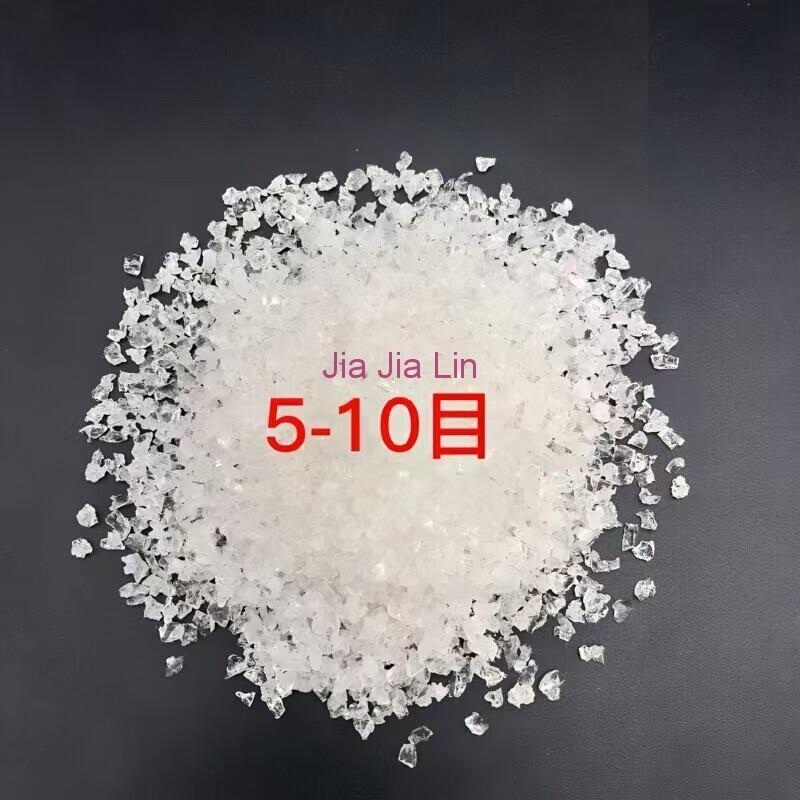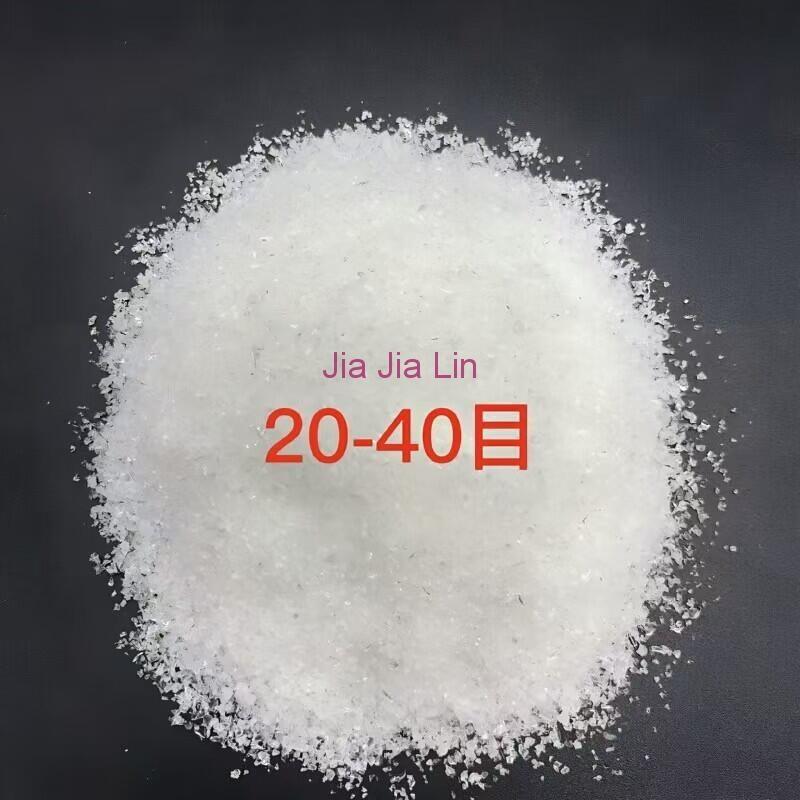-
Categories
-
Pharmaceutical Intermediates
-
Active Pharmaceutical Ingredients
-
Food Additives
- Industrial Coatings
- Agrochemicals
- Dyes and Pigments
- Surfactant
- Flavors and Fragrances
- Chemical Reagents
- Catalyst and Auxiliary
- Natural Products
- Inorganic Chemistry
-
Organic Chemistry
-
Biochemical Engineering
- Analytical Chemistry
-
Cosmetic Ingredient
- Water Treatment Chemical
-
Pharmaceutical Intermediates
Promotion
ECHEMI Mall
Wholesale
Weekly Price
Exhibition
News
-
Trade Service
Flumetralin is a type of herbicide that is used to control weeds in a variety of settings, including agricultural fields, gardens, and other areas where weeds are a problem.
It is a selective herbicide, which means that it kills certain types of plants (such as broadleaf weeds) while leaving others (such as grasses) intact.
Flumetralin works by inhibiting the enzymes that are involved in the synthesis of amino acids in the plant, which leads to disrupted growth and death of the plant.
One of the main applications of flumetralin in the chemical industry is in the production of paper and pulp.
In this process, flumetralin is used to control weeds in the areas around paper mills and pulp mills, which helps to prevent fires and other problems that can be caused by weeds.
Flumetralin is also used in theproduction of biofuels, in particular in the production of ethanol from corn, it is used in the process of breaking down the corn kernel and extracting the starch to convert it into ethanol.
Flumetralin is also used in the production of certain types of chemicals, such as herbicides, insecticides, and fungicides.
In this process, flumetralin is used as an intermediate chemical, which is then transformed into other types of chemical products.
In addition to its use in agriculture, horticulture and industry, Flumetralin is also used in the control of invasive plant species in natural areas such as National Parks, wildlife refuges, and other protected areas.
This is an important use of the herbicide, as invasive plant species can cause serious problems in these areas, including displacing native plant species and altering the ecosystem.
Flumetralin is also used in the control of weeds in railways, roads and other transport infrastructures.
This is important for safety and efficiency reasons, as weeds can cause problems with drainage, erosion and even cause accidents if they obstruct the views of operators.
It is also worth noting that Flumetralin, like all herbicides, should be used with caution and in accordance with instructions, as it can be harmful to humans, animals and the environment if not used properly.
In conclusion, Flumetralin is a versatile chemical that has a wide range of applications in the chemical industry.
It is particularly useful in the production of paper and pulp, biofuels, and certain types of chemicals.
It is also used in the control of invasive plant species in natural areas, weeds in transport infrastructures and in agriculture, horticulture and industry.
However, proper use and application of the herbicide is important to prevent harm to humans, animals and the environment.







